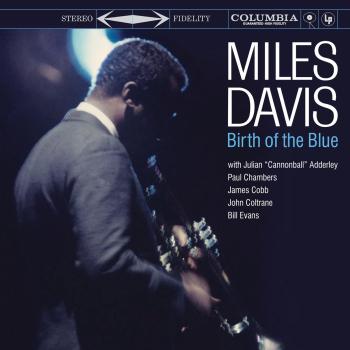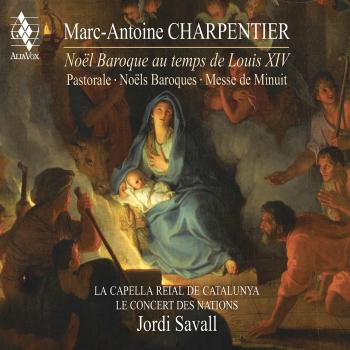
As a man in his mid-fifties, Johannes Brahms already looks like an old man in photos with his long gray beard and furrowed face. And that is probably how he felt. This rather sad circumstance is expressed by the fact that he had more or less stopped composing. Five years later, however, he did add some compositions, namely four groups of pieces for solo piano: Seven Fantasies op. 116, Three Intermezzi op. 117, Six Pieces for op. 118 and Four Pieces for op. 119. Far from being monumental, these late works by Brahms not only show the most beautiful and mature aspects of his creative work, but are also surprisingly experimental. While his earlier works, such as the three piano sonatas, are striking for their sheer size, op. 116-119 are miniatures by comparison. The weight of these character pieces, however, lies in their depth - and that can be the ultimate test of musicality for any pianist.
Paul Lewis, once a master student of Alfred Brendel, is not a pianist who seeks extremes in his piano playing. His balanced style of playing shines for it with subtly stretched color, sincerity and intimacy of expression. Depth is his thing in Brahms' late piano works, which he carefully and convincingly illuminates with warm tone.
Opus 116 begins with the Capriccio in D minor, which under the hands of Paul Lewis becomes a brilliant opening with measured tempo and unflinchingly steadfast legato. He realizes the Intermezzo in A minor with long melodic lines and the A major section resounds under delicate brightness. Lewis masters the Intermezzo in E minor, following Brahms' instruction, "with grace and intimate feeling." The A major Intermezzo of Opus 118 experiences an elegant rendering far from any mawkishness that, on superficial inspection, seems to be co-composed. The Intermezzo in E-flat major with the co-composed Dies Irae is one of Brahms' most distinctive late piano pieces. Paul Lewis is adept at rendering the plaintive character of the piece with appropriate mystery while respecting its complexity. An example of the minimalism Brahms experimented with in his late piano works is the B minor Intermezzo of Opus 119. Lewis convincingly demonstrates the fragile structure of this piano piece with a sophisticated pedal technique. Another example of the minimalism of a Johannes Brahms is found in the E-flat major Rhapsody of Opus 119, whose symphonic character the British pianist effectively brings to life.
The sound engineers did a great job for this album. The sound spectrum of the grand piano on which Paul Lewis interpreted Brahms’s late piano works is captured in a balanced manner throughout. This Brahms album takes a top position among the relatively large number of competing recordings because of its balanced interpretation and successful recording technique.
Paul Lewis, piano







